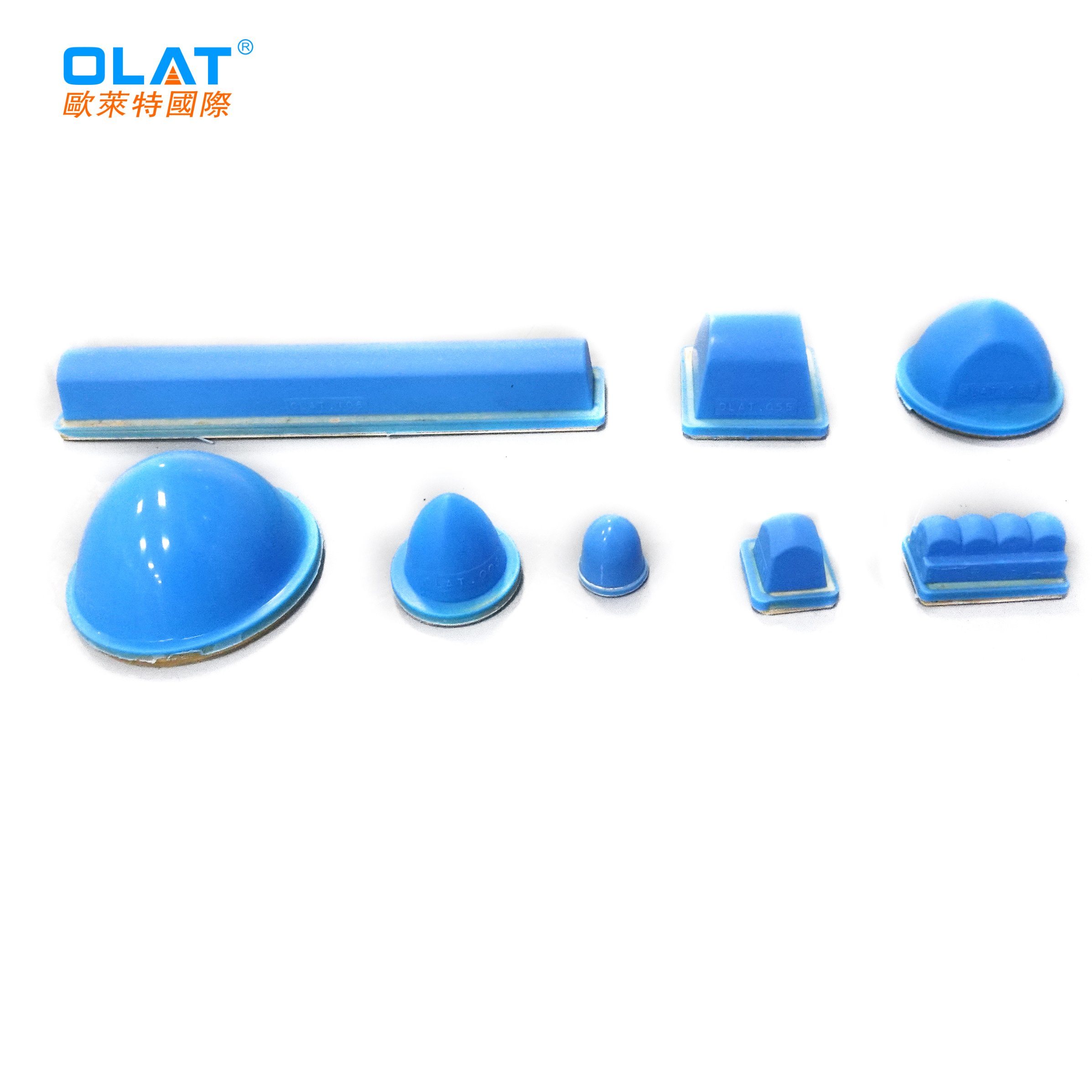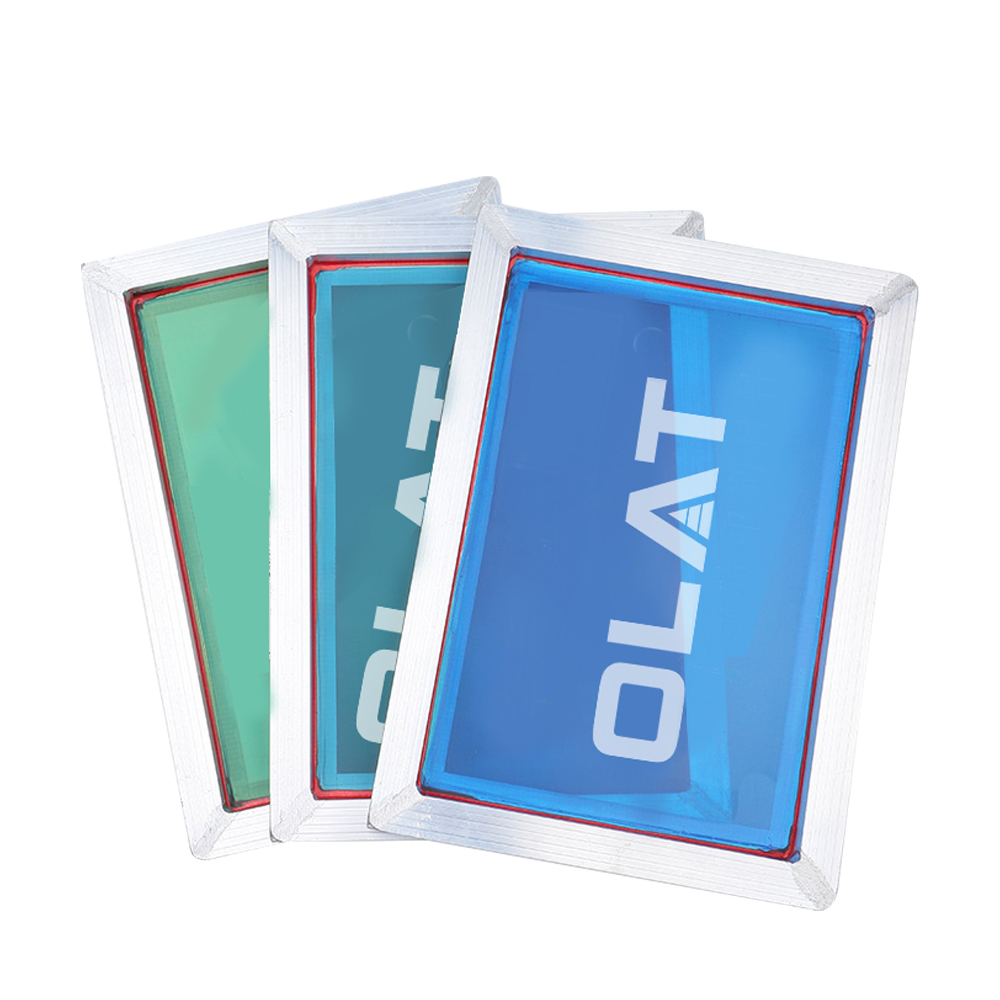Poor adhesion of ink, also known as poor firmness, refers to the poor adhesion of ink on the surface of the substrate and the failure of ink adhesion. The causes of poor ink adhesion include:

①Inappropriate selection of ink, poor adaptability to printing materials, ink or expired failure; ②Ink ink layer is too thin, the adhesive is damaged; ③Insufficient heating, printing drying speed is slow; ⑤ The surface of the printing material is sticky; ⑥ The printing ink layer is too thick, the ink volume is too large, and the viscosity is too large, which makes the ink brittle after drying for a long time; ⑦ The surface tension of the printing material is lower than that of the ink ⑧ There is no protective layer after printing with water-based ink; ⑨ Too much solvent is added to the ink, the content of synthetic resin is reduced, and the conjunctiva is poor.

The solution is as follows: ① Use the correct ink on the appropriate substrate. ② Readjust the ink viscosity and add fresh ink. ③ Increase the heat and air supply. ④ After the ink is dry, print the second ink to improve the drying power. ⑤ Oil pollution must be disposed of. ⑥ The ink layer should be as thin as possible under reasonable conditions, and the amount of ink applied should be as small as possible. ⑦Pre-priming can be used to improve the surface tension of the substrate. The greater the difference between the surface tension value of the ink (small) and the surface tension value of the substrate (large), the better the printability. ⑧Print UV varnish for protection. ⑨Add some synthetic resin when adding solvent, or use special thinner.


